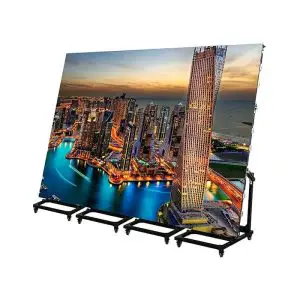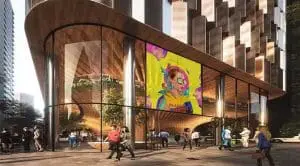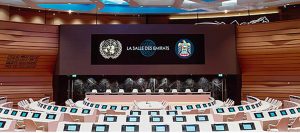In the world of digital display technology, LED walls and LED video wall are two commonly used terms that often cause confusion. Though they both feature LED technology, they differ in terms of structure, usage, and overall experience. Understanding the differences between these two types of displays can help you make an informed decision based on your specific needs. Let’s break down the key differences.
What is an LED Walls?
An LED wall is a large display made up of individual LED panels that are seamlessly connected to create a single, cohesive visual experience. These panels use light-emitting diodes (LEDs) for their pixel structure, meaning each pixel is self-illuminating, which enhances brightness and contrast.
LED walls are typically custom-built to fit large spaces, and they offer superior picture quality due to their ability to have tightly packed pixels for high resolution. These walls are used in a variety of applications, including outdoor advertising, event staging, broadcasting, and large-scale installations where a seamless display is crucial.
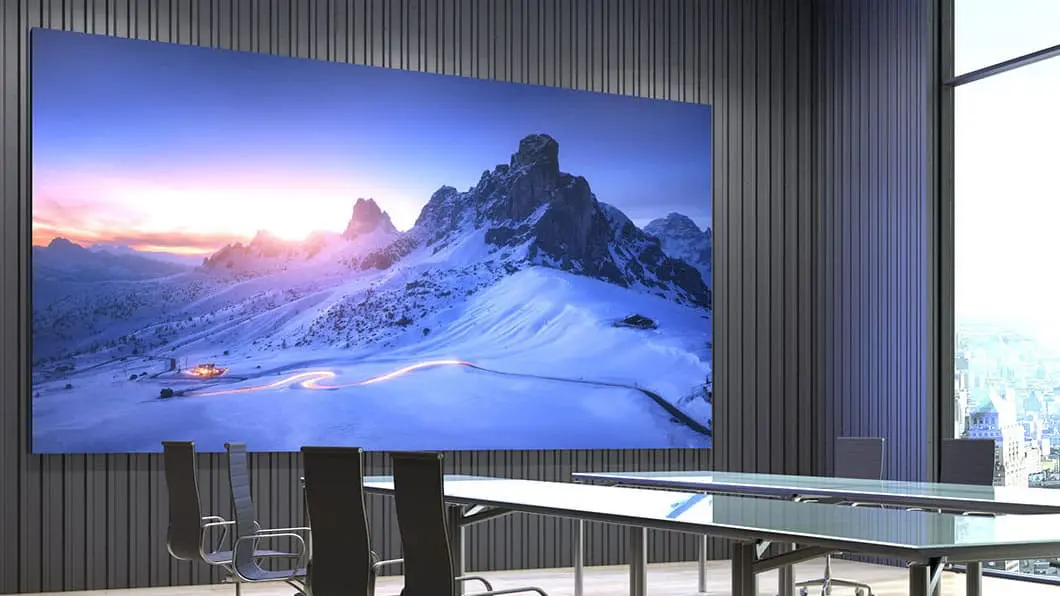
What is a LED Video Wall?
A LED video wall is a display made up of multiple smaller LED screens or monitors that are arranged together to form a large unified display. These screens are often connected by visible bezels, which separate each individual panel. Despite the seams between the panels, LED video walls can still provide impressive visual quality when set up properly.
LED video walls are widely used in control rooms, conference halls, shopping malls, and sports venues, where content such as live video feeds, digital signage, and advertisements can be displayed on multiple screens. The video wall configuration allows for flexibility in how content is shown across multiple panels.
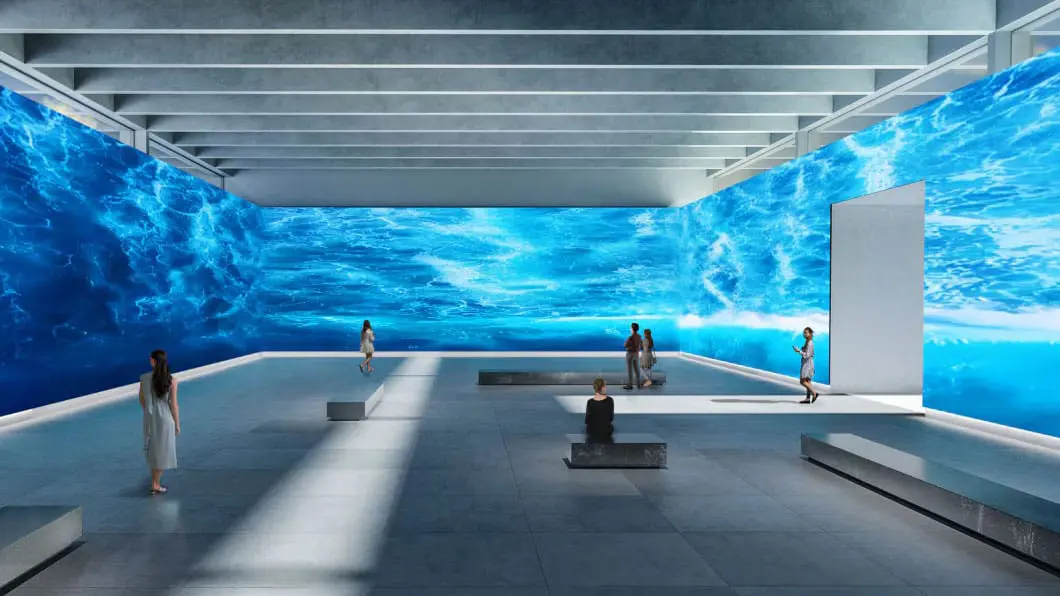
Key Differences Between LED Wall and LED Video Wall
- Construction and Assembly:
- LED Wall: A single, large seamless display that uses connected LED panels.
- Video Walls: Made up of several smaller individual screens arranged together, typically with visible bezels.
- Visual Continuity:
- LED Wall: Offers seamless visuals with no visible gaps between panels, providing a smooth, uninterrupted image.
- Video Wall: The visible bezels between screens can slightly interrupt the visual flow, making it less ideal for continuous, high-impact content.
- Resolution and Picture Quality:
- LED Wall: Due to the tightly packed LEDs, these displays usually have superior resolution and better picture quality overall.
- Video Wall: Resolution may vary depending on the size and quality of the individual screens, with potential gaps in the continuity of images or videos.
- Flexibility:
- LED Wall: Typically, LED walls are less flexible when it comes to layout changes because they are often custom-built and designed to fit a specific location or size.
- Video Wall: Offers more flexibility in terms of content configuration, as it’s easier to modify or expand the display by adding or changing the individual screens.
- Application Suitability:
- LED Wall: Best suited for large-scale applications such as outdoor advertising, concerts, stadiums, and trade shows where a high-impact visual experience is required.
- Video Wall: Ideal for control rooms, conference halls, corporate environments, and retail spaces that require dynamic content display across several screens.
- Cost Considerations:
- LED Wall: LED walls tend to be more expensive due to their custom nature and the technology involved in creating a seamless, high-resolution display.
- Video Wall: Generally more cost-effective, as they use standard LED screens and are easier to assemble with modular components.
Why Choose a LED Wall or LED Video Walls?
Choosing between an LED wall and an LED video wall largely depends on your specific requirements:
- If you need a large seamless display for high-quality video playback or digital advertising, an LED wall is likely the better choice. It’s ideal for spaces where visual continuity is crucial, such as outdoor billboards, stadiums, and large public events.
- On the other hand, if you need a flexible, scalable solution for displaying dynamic content like live feeds, digital signage, or corporate presentations, an LED video wall is more suitable. It offers greater versatility and is perfect for retail environments and control rooms.
In summary, while both LED walls and LED video walls offer cutting-edge visual technology, the key differences lie in their construction, image quality, and application suitability. LED walls offer a high-end, seamless display that is ideal for large-scale installations, while LED video walls provide more flexibility, especially when it comes to the type of content being displayed.
By understanding these differences, you can make a more informed decision based on your display needs, whether you require a powerful, uninterrupted visual experience or a flexible, cost-effective solution for dynamic content.










